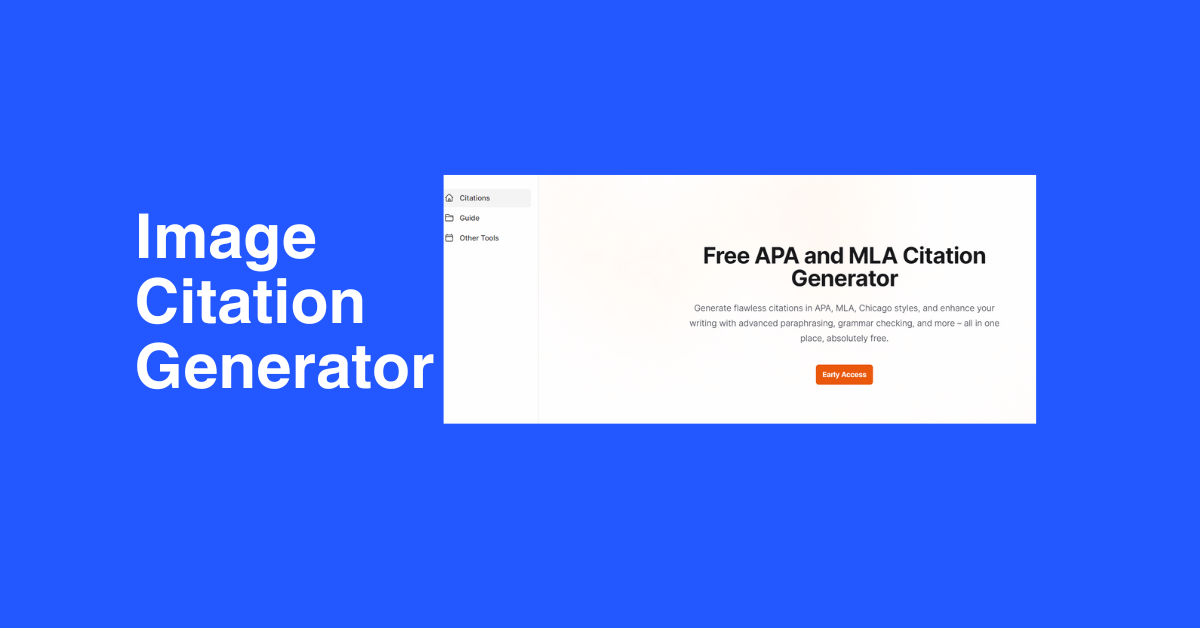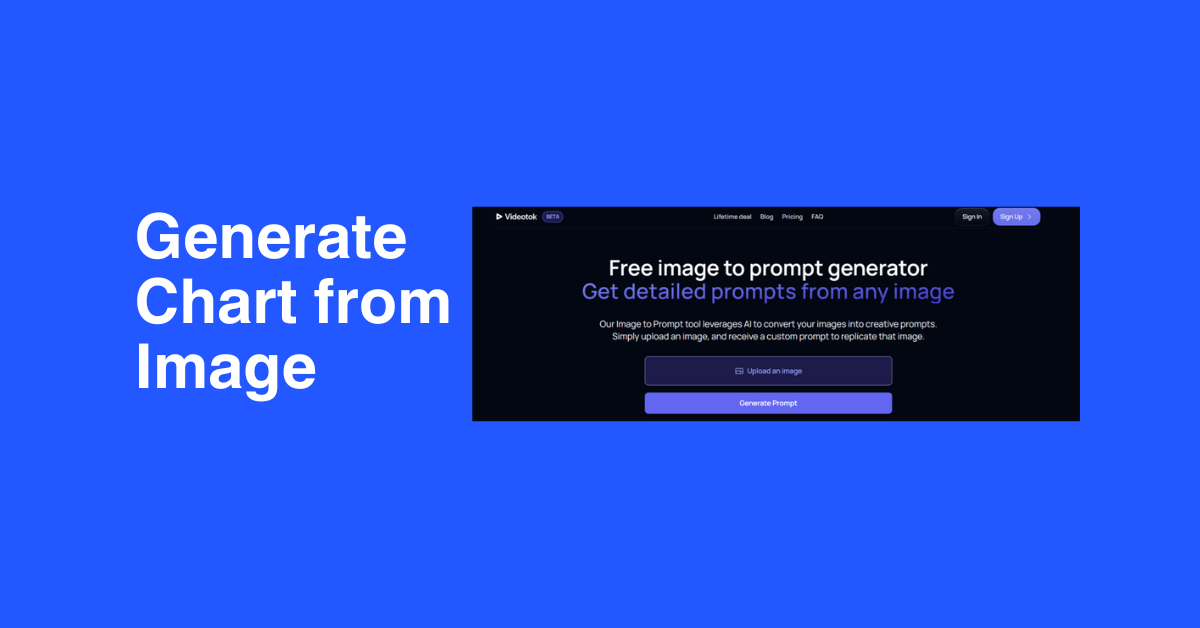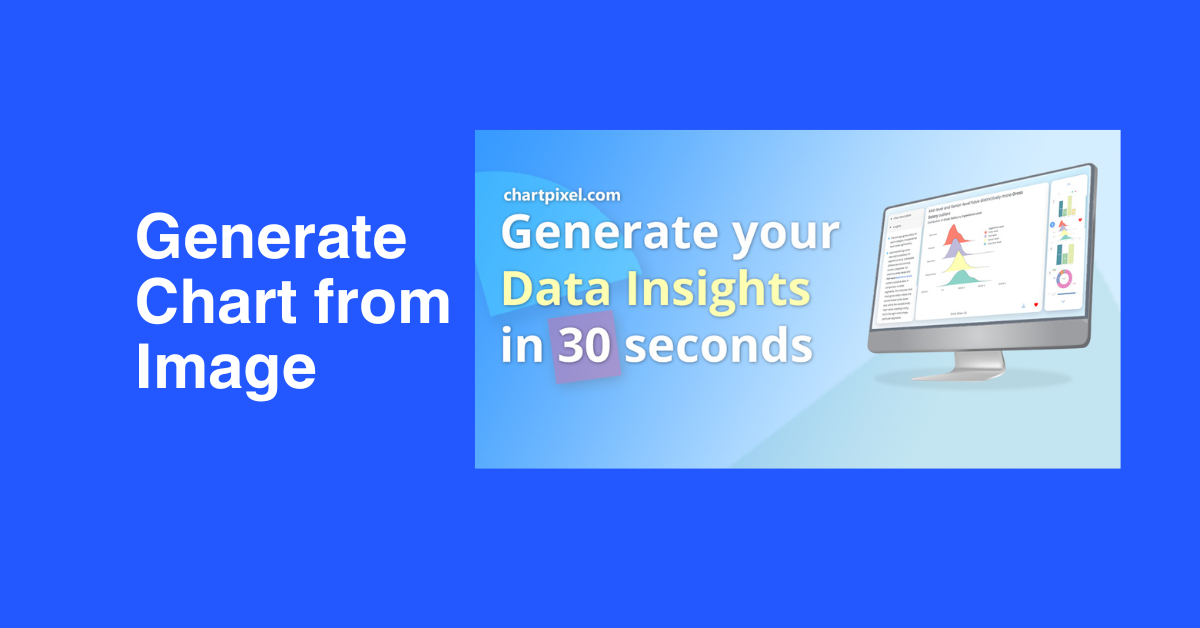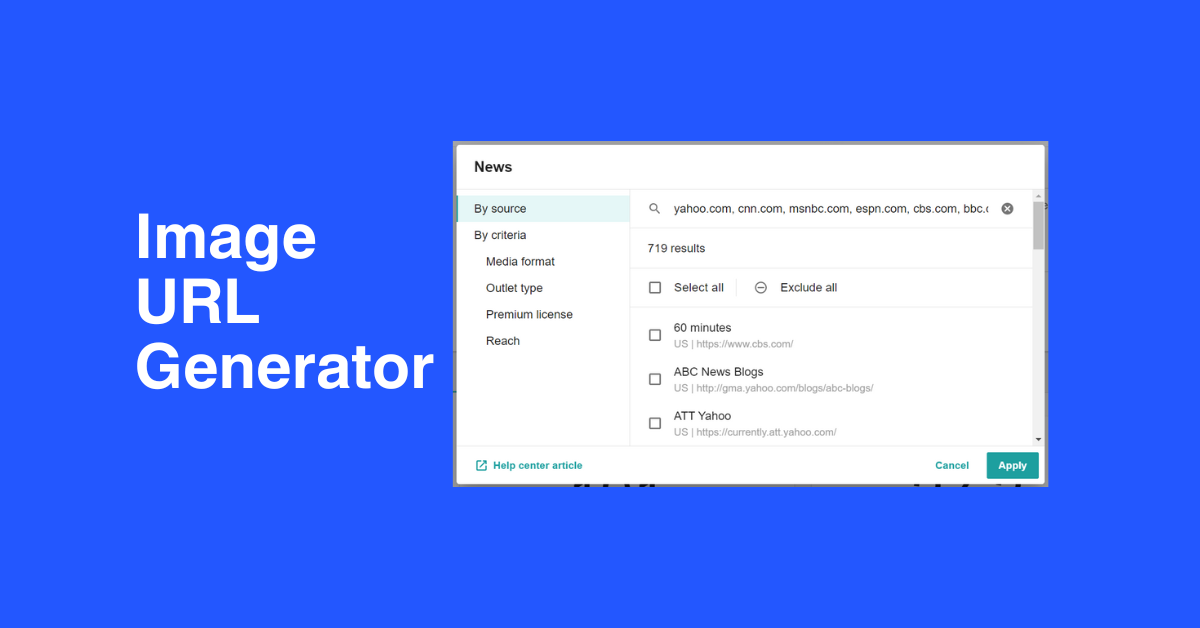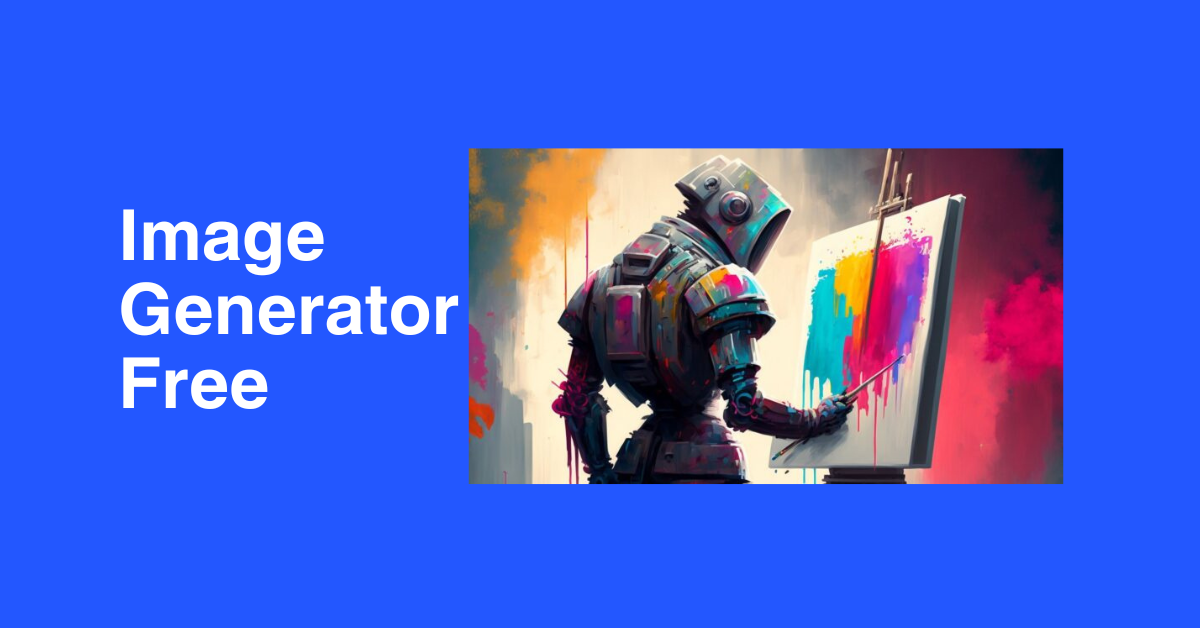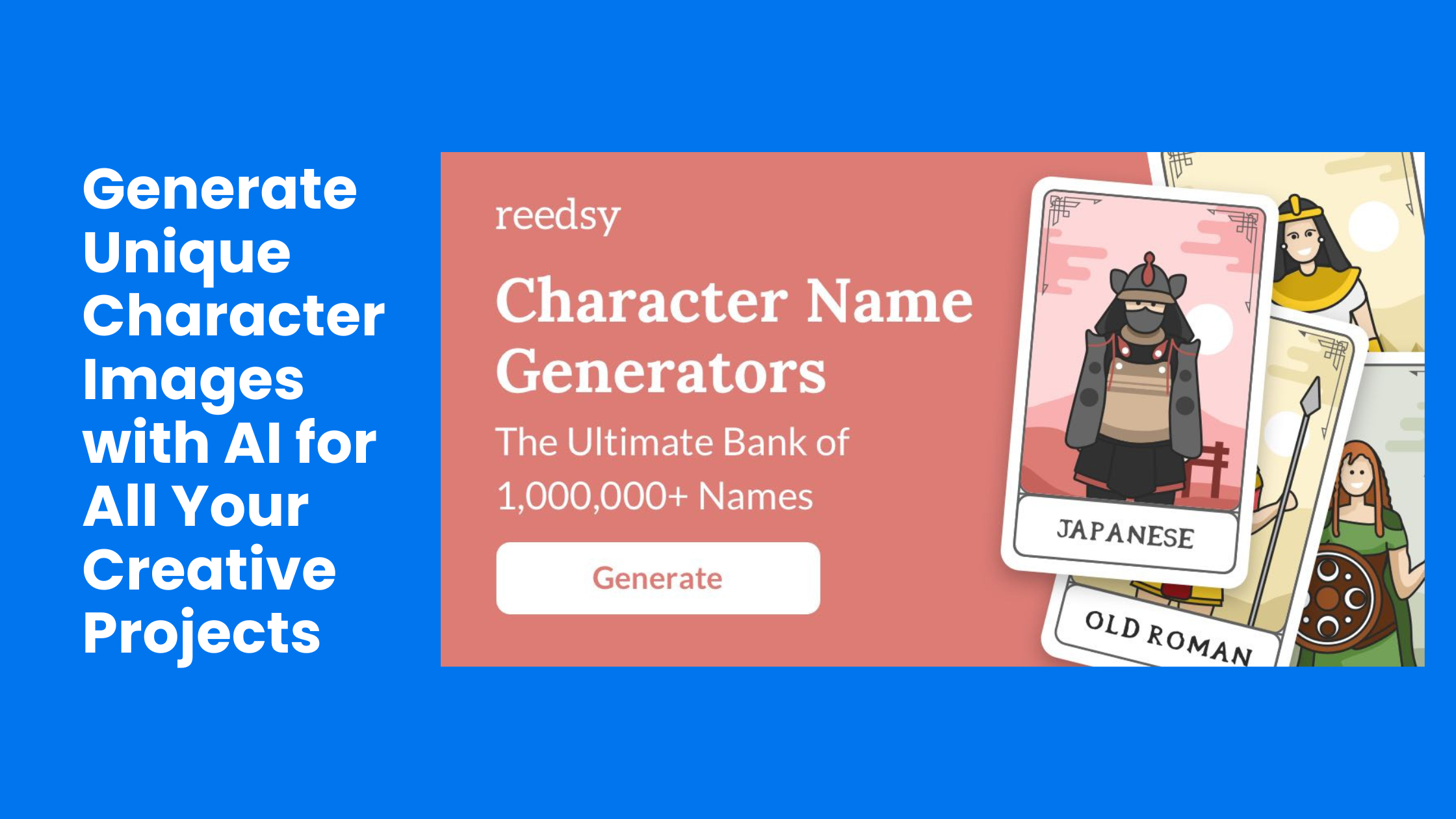
Generate Unique Character Images with AI for All Your Creative Projects
- Image Generators
- November 2, 2024
- No Comments
In a world where creativity and technology intersect, character image generators have emerged as powerful tools for artists, writers, and game developers. These innovative applications utilize artificial intelligence to create stunning visual representations of characters that can invigorate storytelling, enhance game design, and even inspire personal artistic endeavors. Whether you’re looking to develop unique characters for a novel, design avatars for video games, or simply explore your creative potential, this comprehensive guide will delve into the intricacies of character image generators and their myriad applications.
Character Image Generators: A Comprehensive Guide
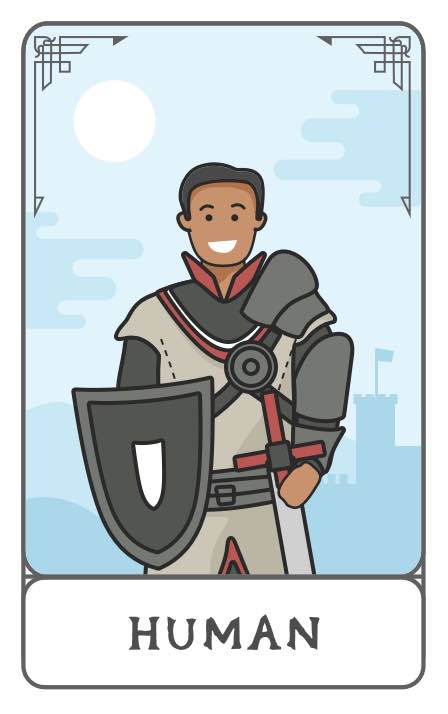
Character image generators are computer programs designed to create digital illustrations of characters based on user inputs or predefined parameters. They leverage machine learning algorithms and vast datasets to produce images that can range from realistic portraits to whimsical cartoonish figures. The popularity of these tools has surged in recent years, fueled by advancements in AI and an increasing demand for visually appealing content across various mediums.
Understanding Character Image Generation
At the core of character image generation lies artificial intelligence, specifically deep learning techniques. AI models analyze existing artwork, extracting features and patterns that help them understand how to construct new images. This process involves training on large datasets, which include thousands of character images across different styles and genres.
As the model learns, it begins to develop its understanding of various elements such as anatomy, color theory, and stylistic choices. Thus, when users input specific parameters, the generator combines these learned features to create entirely original characters.
This technology revolutionizes the way creators approach character design. Instead of relying solely on traditional methods—like sketching and painting—artists can now harness the power of AI to generate ideas quickly and efficiently. This not only saves time but also inspires creativity by presenting options that may not have been considered otherwise.
Applications of Character Image Generators
The versatility of character image generators extends across multiple fields.
- Gaming: Game developers can use these tools to create diverse characters for their projects, ensuring a rich variety of personalities and appearances.
- Publishing: Authors and illustrators can visualize characters for books, bringing stories to life in ways that words alone cannot convey.
- Marketing: Brands often seek unique and engaging visuals to capture audience attention. With character image generators, companies can create mascots or brand ambassadors tailored to their messaging.
Additionally, these generators can facilitate accessibility in art by providing those who may lack drawing skills with a means to express their ideas visually. As a result, character image generators are democratizing creativity, enabling more people to explore their artistic interests.
Key Features of Character Image Generators
When evaluating different character image generators, it’s essential to consider several key features:
- Customization Options: The ability to fine-tune character details, including facial features, clothing, accessories, and colors, is crucial for creating unique images.
- Art Styles: A broad range of artistic styles should be available, allowing users to choose between realism, cartoon, fantasy, and more.
- User Interface: An intuitive user interface enhances the overall experience, making it easier for creators to navigate through the design process.
- Output Quality: High-resolution outputs ensure that the generated characters can be used for professional purposes without compromising quality.
Understanding these features will aid users in selecting the best character image generator for their needs while maximizing the creative potential these tools offer.
The Best Character Image Generators: A Comparison
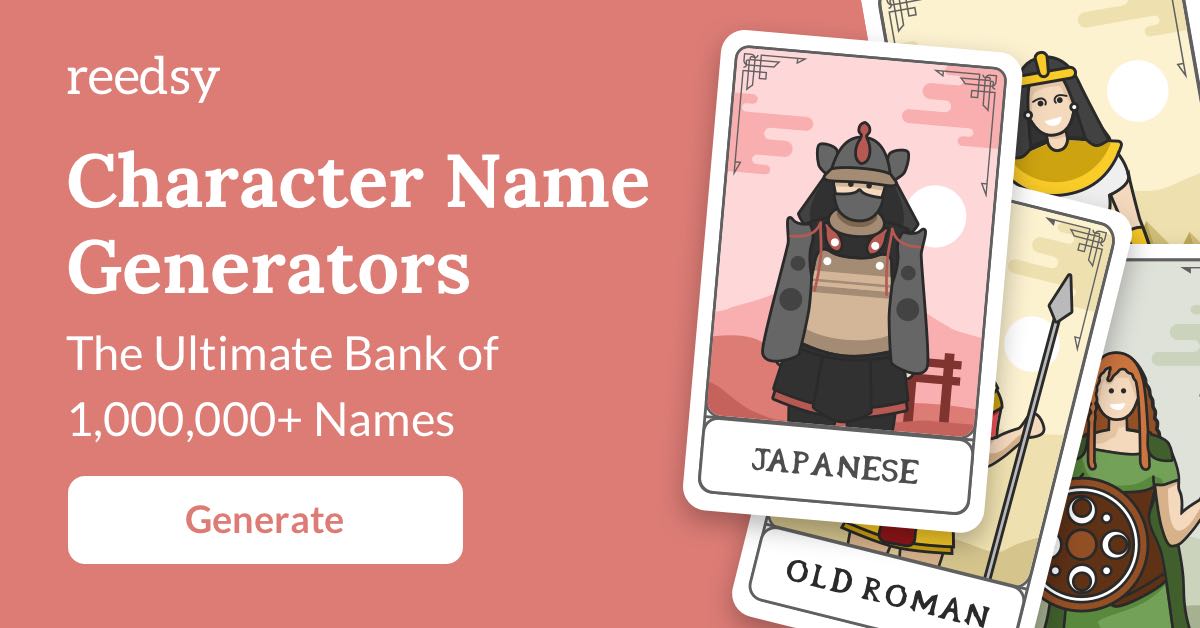
With numerous character image generators available on the market, distinguishing the best options can be challenging. In this section, we will compare some of the most popular character image generators, highlighting their strengths and weaknesses to help you make an informed decision.
Daz 3D
One of the leading names in character image generation, Daz 3D offers an extensive library of pre-made assets and customization options. Users can create realistic 3D characters and scenes, combining various body types, hair styles, and clothing items.
- Strengths: The software’s versatility allows for detailed customization, including morphing features for personalized character designs. The rendering engine produces high-quality output suitable for professional projects.
- Weaknesses: Daz 3D can have a steep learning curve for beginners due to its extensive features. Additionally, it may require a powerful computer to run smoothly.
Artbreeder
Artbreeder takes a unique approach by allowing users to blend images together to create new characters. This collaborative platform enables creators to combine aspects of existing images, resulting in one-of-a-kind character designs.
- Strengths: The ease of use makes Artbreeder accessible for all skill levels. The blending capability opens up endless possibilities for character creation, and the community aspect fosters collaboration and sharing of ideas.
- Weaknesses: While the results can be stunning, they may lack the fine control found in other generators. Users are dependent on already existing images, which could limit originality.
Character Creator by Reallusion
Character Creator is a robust tool tailored for game developers and animators, offering customizable 3D character design capabilities. It includes a wide range of clothing and accessory options, allowing users to craft detailed characters with relative ease.
- Strengths: The program integrates seamlessly with game engines like Unity and Unreal Engine, ensuring efficient workflows for developers. Its focus on realistic human characters caters perfectly to those aiming for lifelike designs.
- Weaknesses: Character Creator may not cater well to those seeking stylized or cartoonish designs. The emphasis on realism could deter some artists looking for more imaginative creations.
Ready Player Me
Ready Player Me focuses primarily on generating avatars for virtual reality environments and gaming platforms. Users can design a personalized avatar that fits within a broader digital ecosystem.
- Strengths: The integration with various VR applications makes it ideal for developers working in that space. The process is streamlined and user-friendly, allowing quick character creation.
- Weaknesses: The limited customization options compared to other generators may restrict more intricate character designs, particularly for story-centric projects.
These examples highlight the diversity within the realm of character image generators, showcasing their various advantages and potential drawbacks. By considering these factors, creators can select the tool that aligns best with their unique needs and artistic vision.
How To Use Character Image Generators: A Step-by-Step Guide
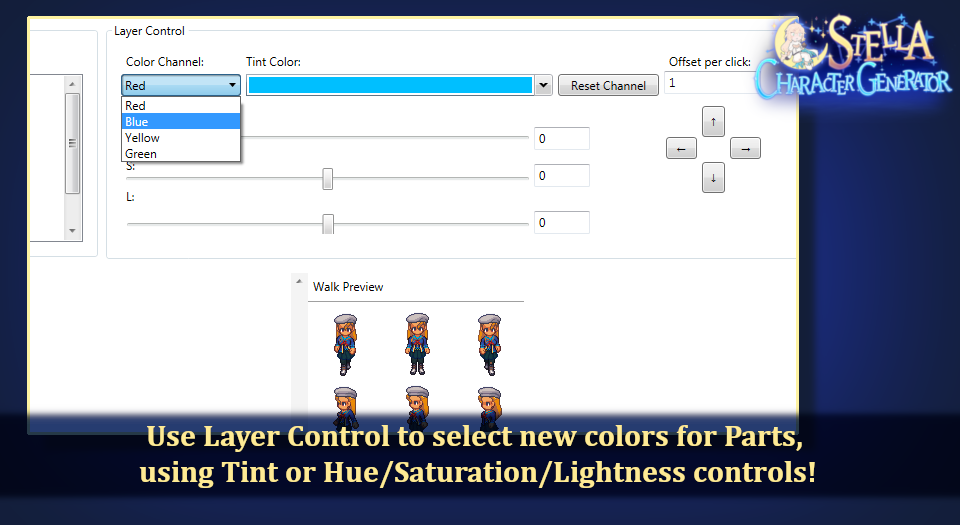
Using a character image generator can seem daunting at first, especially for those new to digital art. However, with a clear step-by-step guide, anyone can successfully navigate the process and create stunning character images that resonate with their vision.
Selecting the Right Generator
The first step in using a character image generator involves choosing the right tool for your project.
- Assess Your Needs: Consider what type of character you aim to create. Are you looking for a realistic portrayal or something more fantastical?
- Evaluate Features: Look at the features offered by different generators, such as customization options, art styles, and ease of use.
- Check Compatibility: Ensure that the generator you select can produce images compatible with the formats you need for your project, whether it’s for games, publishing, or marketing.
Creating Your Character
Once you’ve selected a generator, the next step is to start creating your character. Here’s how to do it effectively:
- Input Basic Parameters: Most character image generators will prompt you to input basic characteristics such as gender, age, and body type. Take time to think about the personality and traits you want your character to embody.
- Customize Appearance: Dive into the customization options, adjusting facial features, hair styles, and clothing. Many generators allow you to choose colors, patterns, and textures, enabling you to create a truly unique character.
- Experiment and Iterate: Don’t hesitate to experiment with different combinations. Try out various styles and features, and don’t be afraid to make adjustments based on your evolving vision. Generating multiple iterations can provide inspiration and lead to unexpected outcomes.
Finalizing and Exporting Your Character
After creating your character, it’s important to finalize the design and prepare it for use.
- Review Details: Carefully review all aspects of your character, ensuring that every element aligns with your intended vision. Make any necessary tweaks before finalizing the design.
- Export Options: Once satisfied, export the character image in your desired format. Depending on the generator, you may have options for resolution, file type (PNG, JPEG, etc.), and background settings.
- Utilize Your Character: Finally, think about how you’ll use your newly created character. Incorporate it into your storytelling, marketing materials, or game designs, and watch as it adds depth and engagement to your projects.
By following these steps, users can confidently employ character image generators to enhance their creative endeavors and bring their unique visions to life.
Creating Unique Character Art with AI: Exploring the Possibilities
The advent of AI-driven character image generators has broadened the horizons of artistic expression. These tools not only empower creators to generate character art but also encourage experimentation and innovation in the creative process.
Discovering New Artistic Styles
One of the most exciting aspects of using AI for character image generation is the ability to explore diverse artistic styles.
- Traditional vs. Digital: Artists accustomed to traditional mediums can find inspiration by observing how AI interprets classic styles, helping them bridge the gap between digital and physical art forms.
- Genre Exploration: Character generators allow creators to dive into various genres, from anime to hyper-realism, providing insights into how different artistic techniques can represent character narratives.
AI-generated art can serve as a springboard for artists to expand their own styles. By studying the nuances of generated characters, creators can incorporate innovative techniques and ideas into their work, enriching their artistic repertoire.
Inspiration Through Randomization
AI character image generators often include randomization features that surprise users with unexpected results.
- Embracing Serendipity: Sometimes, the most profound artistic breakthroughs occur when artists step outside their comfort zones. Using a generator to create random character designs can spur new ideas, themes, and concepts that wouldn’t have emerged through intentional design.
- Challenge Assumptions: These elements of randomness can challenge preconceived notions of character qualities, encouraging creators to reconsider character motivations, backstories, and visual presentations.
Through randomization, artists engage in a playful dialogue with their creative processes, fostering an environment of exploration and discovery.
Collaborating with AI
Rather than viewing AI as a replacement for human creativity, artists can see it as a collaborator.
- Iterative Design Process: Character image generators enable a back-and-forth dynamic where users can continuously adjust attributes and refine their designs. This collaborative interaction leads to enhanced character development and diversified visual storytelling.
- Incorporating Feedback: Sharing generated images with peers or communities can yield valuable feedback. By discussing AI-generated characters with others, artists can gain fresh perspectives and further refine their designs.
Collaborative ventures with AI can elevate the creative process, ensuring that character art evolves dynamically, embracing both human insight and machine capability.
Beyond the Basics: Advanced Techniques for Character Image Generation
While many users approach character image generators with basic intents, there are advanced techniques that can elevate character design to new heights. By delving deeper into these tools and understanding their functionalities, artists can achieve remarkable results.
Layering and Blending Techniques
Advanced character image generators often provide users with the ability to layer and blend different attributes creatively.
- Creating Complex Characters: By layering different features, artists can create hybrid characters that meld various styles or traits. This technique can lead to fascinating results, merging cultural influences or contrasting characteristics.
- Subtle Adjustments: Fine-tuning specific attributes, such as eye shape or clothing fabric, allows for the creation of nuanced visual details. By focusing on these subtleties, artists add depth and authenticity to their characters, making them more relatable and compelling.
Layering and blending techniques exemplify how users can transcend mere functionality and embrace artistic experimentation, resulting in multifaceted character designs.
Utilizing Textures and Patterns
Textures and patterns play a significant role in character design, enhancing the visual appeal and storytelling potential.
- Playing with Materials: Advanced character generators often provide options for applying different textures to clothing or skin. Experimenting with various materials can create striking contrasts, allowing characters to reflect their environments or backgrounds authentically.
- Pattern Design: Incorporating patterns into character designs introduces additional layers of meaning. For example, floral patterns might evoke a sense of whimsy, while geometric shapes could suggest modernity or structure.
Understanding how to use textures and patterns effectively enriches character art, offering nuanced storytelling opportunities and aesthetic differentiation.
Exporting for Diverse Media
An often-overlooked aspect of character image generation is the need to tailor outputs for various media.
- Resolution and Format: Depending on the intended use—be it social media, print, or game design—output resolutions and formats should be adjusted accordingly. High-resolution files are essential for print quality, while optimized sizes work best for online platforms.
- Animation Integration: For characters destined for animation or games, exporting in compatible formats ensures seamless integration into larger projects. Familiarizing oneself with the technical requirements of each medium is vital for success.
By mastering these advanced techniques, users can maximize the potential of character image generators, turning basic designs into captivating works of art that resonate across diverse platforms.
The Future of Character Image Generation: Trends and Predictions
As technology continues to evolve, the future of character image generation holds exciting possibilities. Understanding upcoming trends can help creators harness the full potential of these advancements and stay ahead of the curve.
The Rise of Real-time Rendering
Real-time rendering is becoming increasingly feasible in character image generation, enabling dynamic character designs that respond to user interactions.
- Interactive Experiences: Imagine designing a character that changes appearance based on user input or narrative choices. This level of interactivity could transform storytelling, allowing readers or players to shape characters uniquely.
- Gaming Innovations: In the gaming industry, real-time rendering can create more immersive experiences. Players may personalize characters on the fly, tailoring aesthetics to their preferences or gameplay mechanics.
Anticipating and adapting to these trends will set the stage for richer character experiences across various media.
Enhanced Customization Through Machine Learning
Machine learning continues to advance, expanding customization options in character image generators.
- Personalized Suggestions: Future generators may analyze user preferences over time, offering tailored suggestions that align with individual style choices, streamlining the creative process.
- AI-Driven Feedback: Implementing AI-driven feedback mechanisms could guide users toward achieving their desired aesthetic outcomes, bridging knowledge gaps and improving overall user experience.
With these enhancements, character image generators will become even more intuitive and user-friendly, fostering creativity and innovation.
Integration with Virtual Reality and Augmented Reality
As virtual and augmented reality technologies progress, character image generation will likely integrate more closely with these platforms.
- Immersive Storytelling: Characters designed for AR/VR environments can enhance narratives by interacting with users in real-time, blurring the lines between fiction and reality.
- Gamification of Design: Integrating gamified elements into character creation could increase user engagement, encouraging experimentation and creativity as individuals navigate virtual design spaces.
By embracing these technological advancements, character image generators will evolve into essential tools for immersive storytelling in a rapidly changing digital landscape.
Ethical Considerations in Character Image Generation: Copyright and Privacy
While character image generators open up exciting possibilities, ethical considerations must be addressed to navigate this evolving landscape responsibly.
Copyright Challenges
As character image generators rely on vast datasets to train their algorithms, concerns surrounding copyright infringement arise.
- Ownership of Generated Art: Who owns the rights to an AI-generated image? The creator, the developer of the generator, or the original artists whose work was used for training? Many legal frameworks struggle to define ownership in this context, posing challenges for creators.
- Fair Use: Understanding fair use principles is essential for artists who incorporate elements inspired by existing works. Navigating these complexities requires caution to avoid potential legal disputes.
As character image generation becomes more prevalent, establishing clearer guidelines around copyright ownership will be imperative for protecting artists’ rights and fostering creativity.
Privacy Concerns
Privacy issues also come into play, especially when character generators require personal data for customization or user profiles.
- Data Collection Practices: Users must be aware of what information is collected during the design process. Transparency from developers regarding data usage and security measures is crucial for building trust within the creative community.
- Implications for Representation: As character image generators allow for extensive customization, creators must be mindful of how they represent diverse cultures, identities, and backgrounds. Misrepresentation can perpetuate stereotypes and harm marginalized communities.
Addressing these privacy concerns is critical to ensuring responsible use of character image generators while promoting inclusivity and respect for diverse representations.
Unlocking Creativity: Using Character Images in Storytelling and Design
Character image generators are transformative tools that can unlock creativity and deepen storytelling across various mediums. By exploring how to integrate generated character images effectively, creators can amplify their narratives and engage audiences.
Enriching Narratives Through Visuals
Visual representation of characters enhances storytelling by providing a tangible connection to the narrative.
- Illustrated Worlds: When characters are visually presented, readers and players can immerse themselves in the story, forming emotional connections with character journeys.
- Symbolism and Themes: Character images can embody thematic elements or motifs within a story. For instance, a character’s attire may signify their background or struggles, reinforcing the narrative’s message visually.
Harnessing character image generators allows creators to craft worlds filled with vibrant characters that resonate emotionally and thematically.
Exploring Diverse Mediums
Character images can be utilized across various mediums, amplifying storytelling versatility.
- Books and Comics: Illustrated characters can breathe life into narratives, captivating readers and enhancing engagement through visual storytelling.
- Games and Animation: Dynamic character representations enable interactive storytelling experiences. Players can form meaningful connections with characters as they navigate challenges and decisions alongside them.
By leveraging character image generators, creators can broaden their reach and foster engagement across different platforms, enriching their storytelling endeavors.
Building Brand Identity
For businesses and brands, character images can contribute significantly to identity and messaging.
- Mascots and Ambassadors: Companies can create memorable mascots that embody brand values, fostering loyalty and recognition among consumers.
- Social Media Presence: Engaging character images can enhance marketing campaigns, appealing to target audiences and encouraging shares and engagement.
Integrating character images into branding strategies strengthens brand identity and connects businesses to their audiences on a deeper level.
Character Image Generators for Different Purposes: From Games to Books
Character image generators can serve various purposes, catering to diverse industries and creative endeavors. Understanding how to utilize these tools effectively can significantly enhance project outcomes.
Gaming Applications
In the realm of gaming, character image generators are invaluable for creating engaging avatars and NPCs (non-player characters).
- Player Customization: Allowing players to design their avatars can foster a sense of ownership and immersion, enhancing their gaming experience.
- Diverse NPC Designs: Developers can generate a wide array of NPCs that populate game worlds, enriching gameplay by providing varied interactions and narratives.
By utilizing character image generators, game developers can efficiently create a diverse cast of characters, ultimately enhancing player engagement and satisfaction.
Publishing and Literature
Authors and illustrators can leverage character image generators to visualize characters and enhance their storytelling.
- Character Reference: Having visual references for characters aids authors in maintaining consistency throughout their narratives, aligning descriptions with illustrations.
- Book Covers and Promotional Materials: Striking character images can enhance book covers, attracting readers and increasing marketability.
Integrating character image generators into the publishing process fosters a cohesive visual identity that complements written narratives.
Marketing and Branding
In marketing and branding efforts, character images can serve as powerful tools for engagement and storytelling.
- Target Audience Connection: Creating relatable characters helps brands resonate with specific demographics, fostering loyalty and relatability.
- Creative Campaigns: Well-designed characters can feature prominently in marketing campaigns, driving engagement and capturing consumer interest.
Through effective utilization of character image generators, businesses can cultivate memorable brand identities while forging deeper connections with their audiences.
Building a Character Image Generator: A Guide for Developers
Developers interested in creating their own character image generators can embark on an exciting journey that blends creativity and technology. This section outlines essential steps for building a robust character image generator.
Defining Objectives and Target Audience
Before diving into development, developers should clearly define the objectives and target audience for their generator.
- Purpose Identification: Determine whether the generator is intended for artists, game developers, marketers, or a broader audience, as this will inform design decisions.
- User Needs Assessment: Research user preferences and pain points to create a generator that meets specific needs and desires. Gathering feedback from potential users early in the process can guide development efforts.
Establishing clear objectives sets the foundation for a successful character image generator that resonates with users.
Data Collection and Model Training
A crucial aspect of developing a character image generator is collecting a comprehensive dataset for training the underlying AI model.
- Gathering Character Images: Curate a diverse collection of character images across various styles, cultures, and genres to ensure the model learns from a wide array of inputs.
- Labeling and Annotation: Properly label and annotate the dataset to enhance the model’s understanding of different features, traits, and styles. This step is vital for achieving accurate and meaningful outputs.
Training the model requires careful attention to data quality and diversity, as these factors directly influence the effectiveness of the character image generator.
User Interface Design
Creating an intuitive and engaging user interface is paramount for user satisfaction and ease of use.
- Accessibility and Usability: Design a layout that facilitates easy navigation, allowing users to access customization options effortlessly.
- Responsive Design: Ensure compatibility across devices and screen sizes, enabling users to create characters seamlessly on desktop and mobile platforms.
By prioritizing user experience in the design process, developers can create a character image generator that empowers users and enhances their creative abilities.
Conclusion
Character image generators have revolutionized the creative landscape, providing artists, writers, and developers with powerful tools to bring their visions to life. Through a comprehensive understanding of these generators, users can harness their potential to create unique, engaging characters that resonate across various mediums.
As technology advances, the future of character image generation promises even greater innovation, with the opportunity for enhanced customization, interactivity, and integration with emerging technologies. However, it is essential to navigate ethical considerations, ensuring that these tools are used responsibly and inclusively.
Ultimately, character image generators not only unlock creativity but also foster deeper connections between creators and their audiences. Whether it’s for gaming, publishing, or branding, the impact of these tools will continue to shape the way we tell stories and express ourselves in the digital age.
Looking to learn more? Dive into our related article for in-depth insights into the Best Tools For Image Generation. Plus, discover more in our latest blog post on Chatgpt 4 Image Generator. Keep exploring with us!
Related Tools:
Image Generation Tools
Video Generators
Productivity Tools
Design Generation Tools
Music Generation Tools
For more AI tools, explore all categories by clicking here.

